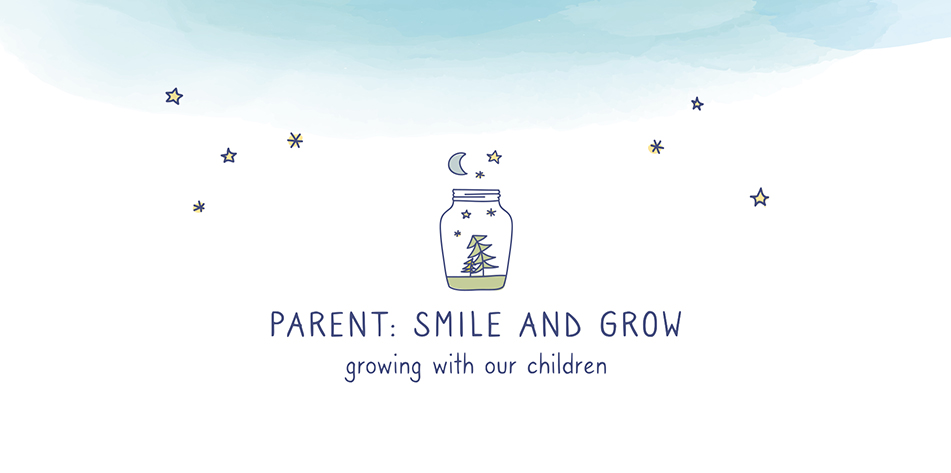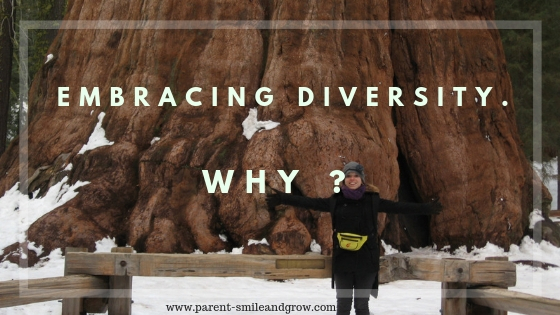We live in a multi-everything world, and we’re more and more connected to each-other. Yet, diversity is still an issue. Why accepting differences? Why is talking about diversity so important? And how can we teach it to our children? Here I share some thoughts about why accepting differences is so difficult to us, and yet such an important asset for our well-being and our children’s future. Ready?
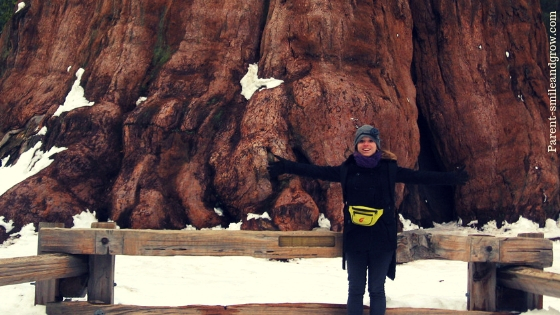
Table of Contents
What does diversity mean, to start with?
In the public discourse nowadays, when we hear the word “diversity” we immediately think about either gender diversity or racial diversity. Sometimes we even take into consideration religion and handicap. But there’s more..
Let’s try to list them !
- Language / country of origin
- Socio-economical status
- Religion
- Political positions
- Personal abilities (handicap)
- Type of family / sexual orientation
- Personal beliefs, priorities and values
Why should we consider accepting differences as deeply important?
Why accepting differences? Of course it’s “politically correct” and “nice” to say we want to embrace diversity. But what is the bottom line advantage, for us and for our kids?
There are two facets within the concept of diversity.
- We may talk about differences we notice in other people;
- and we may consider our own differences with regards of the majority group we happen to live with.
The more new technology is developed, and the more we exchange information and we move geographically, the more diverse our environment become. Including people that are different than us will simply make us live in a more harmonious way. (Without going too deep for now : if I can’t change something, I’d better accept it and be happy than struggle every day for something that will remain that way.)
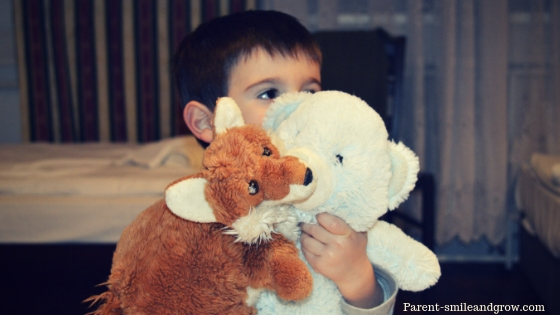
Secondly, being able to truly accept our own differences will improve our self-esteem, and ultimately, our health overall. Instead of hiding who we are, the characteristics that make us so unique, we share it with the world. That’s the very base for a full life in harmony with ourselves .. and thus with our family, friends, colleagues.
Why accepting differences in the work place?
Ultimately, even in the work place, inviting diversity into the company is a driver for proficiency and innovation. A recent research by Boston Consulting Group has shown “a strong and statistically significant correlation between the diversity of management teams and overall innovation. Companies that reported above-average diversity on their management teams also reported innovation revenue that was 19 percentage points higher than that of companies with below-average leadership diversity—45% of total revenue versus just 26%.”
(You can read the full article here, as well as a commentary on encouraging diversity with internal policies here; by Patrick Pouyanné, president and general director of the group Total – France)
Where should we start?
Now, I may have convinced you already of why accepting diversities is important. But where should we start? And why is it so hard?
As parents or educators, we want our children to be kind and open-minded. We may even give wonderful examples, and put our children into a very diverse environment.. But that’s not enough, I’ve found out. We need to talk about differences with our children, and do so early, as the trait of characters are forming in the very early years.
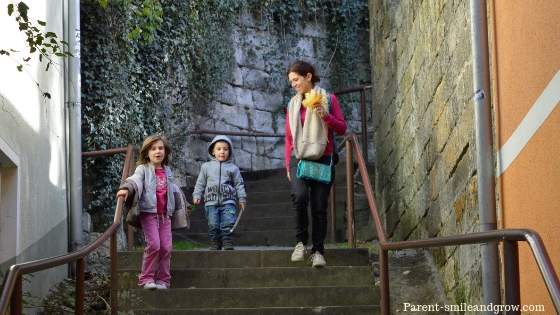
I’ll take my personal example of linguistic and cultural diversity. For my children, speaking different languages is the norm. When they hear someone speaking Italian, they turn to me with a light in their eyes telling me: “Mom, is he Italian?! “
When we were living in France, my daughter used to ask me, before we met with people or had guests, whether she should speak Italian or French.
While in Germany, once we had over for coffee a German family with two kids about the same age as mine. So as we were getting ready to welcome them, we warned our children, telling them that the children who were coming only spoke German. My daughter “Ah yes. I’ve already seen some of those people before.”
It is so normal for us, that I didn’t pick up on her disruptive tone of voice. Yet, that could have been a perfect moment for me to tell her that no language is superior to the other, we just all have our own way of saying things.. It complicates communication, but it’s also enriching.
Why accepting differences – language, race and culture
Somehow, because they’ve been growing in such a multi-language context, it’s a normal thing for them to not necessarily identify themselves with the Country of origin, but rather to language, for a matter of better understanding.
Here’s the first key : that’s why accepting differences is so hard for us. It is much more difficult to communicate with each other, it takes time, trials and errors..
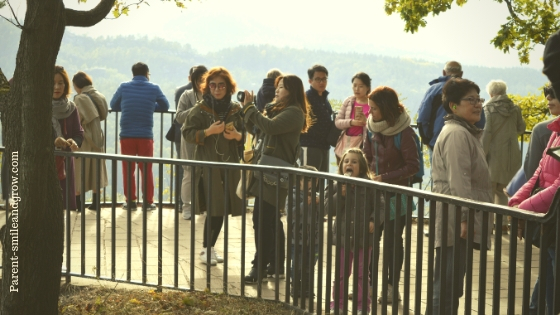
This geography / communication thing puzzled my children a lot at the beginning. When we drove from France to Italy to visit grand-parents, in a matter of 5 hours we switched country and language, as if there was some magical wand.
It is awkward to explain them why. Try explain to a kid under 5 why there is a border. What is a country anyways? It does put things into perspective a little, doesn’t it?
Notwithstanding the challenges of including into our daily lives a linguistic and cultural diversity, there is one great bonus to this. Children who experience
multi-languages environments don’t necessarily associate any judgement to the language nor the race, as we adults tend to do.
They will ask why there is such difference, of course. Don’t panic! A simple, non judgmental statement will do. The only thing that matters, is whether they can communicate easily or not.
When my kids don’t, they just keep talking Italian, putting into the other person the burden to figure out the meaning.. 😉
Why accepting differences is so hard – Handicap and trickier matters
It happened crossing people on a wheelchair down the street. Why mom? Why can’t he walk? And it came down to different sicknesses and life-long illnesses and accidents. It can happen to any of us. We all have strengths and weaknesses right?
I’ve found myself looking for words, that would describe without labeling, and was often at a loss.

The thing is, we worry about diversity because we see things with our own experienced eyes. With our views of the world, of how it works, our inner beliefs and scars and pains.
But a child is still looking for putting experiences in the right category. He doesn’t have a prejudiced opinion yet. Of course he notices differences. But those differences are just a natural fact, dissociated to any “bad vs good” notion.
Why do we find difficult to discuss diversity?
When we’re so afraid of talking about race, gender, and any other “hot” issue, we are actually afraid of our own judgments. Often, we don’t want to believe we have prejudices.
I’ve yet to meet someone defining himself as racist or sexist for instance. Yet, extreme-right parties are particularly popular nowadays; and women are far from being treated equal.
We like to define ourselves as open and neutral, and don’t want to acknowledge our partiality. So we don’t know how to talk about this with children without influencing them in the wrong way, and then having them talk and maybe let the evidence of your partial views out into the wild.
Sometimes, we don’t even know ourselves that we are biased in our views. Stereotypes, the way we instinctively categorize people, events, experiences are a biological trait that has helped humanity take vital decisions in an eye-blink. We can find out which person we could trust, which plant we could eat without dying, and all that without having to repeat a deep, thorough, long research.

That’s the useful part. The problems come when we are not flexible about categories. When we don’t acknowledge the reason why we assign a certain judgement. And our unconscious expectations can be harmful even to us.. let alone our kids!
Unconscious stereotype threat – on gender
These two experiments are so enlightening as to the risk we may incur without realizing it..
The first was conducted in France by Huguet and Régner in 2007 on 10 to 12 year-old children in their classroom.
(I’m citing the experiment from this review, Revue internationale de psychologie sociale 2014 n° 3-4, page 30)
They gave the children a test, a “two-dimensional line drawing that has no particular meaning and that can be presented as either a
“geometry test”, a “memory game”, or a “drawing test” “. Half of the children were told that they had to solve a geometry test, and the other half a memory test.
“Results revealed that whereas girls under-performed (i.e., recalled fewer units) relative to boys in the geometry condition, they outperformed them in the memory-game condition”.
Unconscious stereotype threat – on personal abilities
On another experiment, cited in this article, researcher Robert Rosenthal asked an elementary school class to take a special “Harvard Test of Inflected Acquisition”, that was supposed to reveal “which kids were about to experience a dramatic growth in their IQ”.
Except that he gave a normal standardized IQ Test. Rosenthal then took randomly a group of pupils and told the teachers that those were THE special kids.
He followed the class’ results for the following 2 years. He found out that “If teachers had been led to expect greater gains in IQ, then increasingly, those kids gained more IQ”.
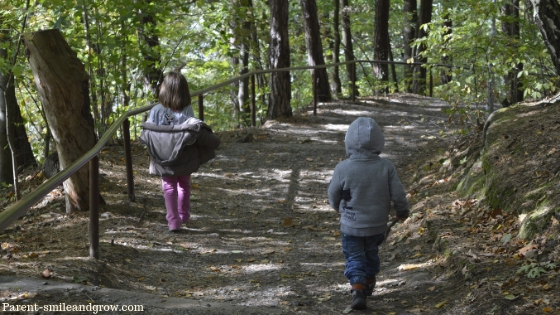
Expectations change moment-to-moment interactions. Through dedicated time, smiles, questioning..
Think of all the implications in our every day life! with our kids, with our friends, with co-workers..
Unconscious stereotype threat – let’s talk money!
Ultimately, we may have an open discourse with our child. That’s a great starting point! But our acts and modeling can tell a different story..
Let’s take money. I just realized how I was unconsciously assigning a negative image to wealthy people. As soon as I’d recognize the traits (clothing, car, job position, type of vacation, etc) I assumed their values weren’t in accordance with mine.
They probably waste things and don’t care about the environment; they probably don’t know how hard it is for the rest of us; the world isn’t fair, look how many people are poor around the world; they must work a lot and forget their families because they’re concentrating on making a lot of money only.. And so on.
I would forget and not even consider how, for instance, many entrepreneurs throughout their hard work have creating jobs that sustain many families.
Or how many donate to good causes and contribute to the world.
I didn’t know I was doing all this inner thinking! I was putting myself in an external, different position, which was also damaging myself.
And if I’m not conscious about it, I may say and model this thinking. Maybe just throwing looks when I see big car or big villas. Maybe through sarcastic sentences once in a while. My children will also unconsciously pick that all up for later.. and either try to model it or refuse it.

Sometimes these references are in hidden places. My daughter, just the other day, told me that “Farmers are always poor”. Because in all the fairy tales and traditional children stories, farmers are usual on the poor side. I had never thought about that!
Why accepting differences scares us
We can raise our eyebrows in front of people that are either skinnier or fatter than we think it’s right, by attributing specific values to the fact of how much one chooses to eat.
We can transpose this very attitude to basically anything in our life. The kind of vacation we take, the sport teams we support, the books we read, the amount and type of TV we watch, the make-up we put on, how much we show of our bodies.. Diversity is not only race or religion. When we look closely, we’re constantly looking for in-like people so that our way of being is validated by other people. So, why are we so scared of diversity?
On one hand, as Ozan O. Varol, a rocket scientist turned award-winning law professor and author, shares in this article, we identify with our opinions. Making it a lot harder for us to be opened to change.
And being exposed to different ways of living, of doing things and of being, necessarily brings towards a change.
I remember clearly one of the exercises we did during one of the personal development’s workshops I assisted at work. We were in a circle, and we had to maintain the same distance from each other. But we also had to move. So as soon as one single person moved within the group, everybody else also had to move in consequence. It was a constant, ever ending flow.
Why accepting differences challenges our values
As long as we identify with what we think, we can’t easily admit that our ideas or thoughts were wrong, or it’d mean we were wrong as individuals. We’d most likely tend to find evidence that confirms our ideas, and thus, ourselves. Any person living by different ideas must then be.. wrong.
But our beliefs aren’t who we are. When someone disagrees, it doesn’t mean WE are undervalued or put into question. I am NOT my beliefs or even my values. And disagreeing doesn’t mean not loving. Separate judging the idea vs judging the person who has the idea.
That’s also why I don’t like that some of the cartoons my daughter likes to watch put the emphasis into physical appearance, skinniness, nice clothes, sparkling hair and so on. I just don’t like the values associated with that image of the always appealing women.
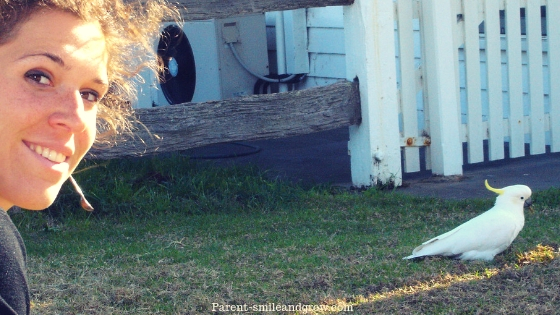
But my daughter was so obsessed with it, I wanted to put some limits. Not only she watched ten or twenty minutes of that cartoon every day,but she reads the magazine and wanted me to read it before bedtime.
When I said no, and she angrily argued against this decision, I thought it was important to explain it to her. So I told her I didn’t like that the main value they were teaching her was how these girls were dressed, because our family values were different. She replied : “My main value mom, is chocolate”.
Why accepting differences works towards more peace
On the other hand, we’ve grown up believing there’s right on one side and wrong on the other side. The two cannot co-exist. We live in permanent opposition.
As Marshall Rosenberg clearly explained in his book, “Our attention is focused on classifying, analyzing, and determining levels of wrongness rather than on what we and others need and are not getting…”
“Value judgments reflect our beliefs of how life can best be served. We make moralistic judgments of people and behaviors that fail to support our value judgments. (…)”
“Had we been raised speaking a language that facilitated the expression of compassion, we would have learned to articulate our needs and values directly, rather than to insinuate wrongness when they have not been met. “
“The more people are trained to think in terms of moralistic judgments that imply wrongness and badness, the more they are being trained to look outside themselves – to outside authorities- for the definition of what constitutes right, wrong, good and bad.”

Maybe we think we can’t change the whole world. But if we’re able to use the right words, to encourage compassion and a better understanding of our reciprocal needs.. we may raise children who become advocate for peace. Peace in our hearts means peace in our communities. Let’s take it from there.
Out beyond ideas of wrongdoing and right-doing, there is a field. I’ll meet you there. Rumi, Sufi poet
The diversity talk with your children – A few indications
If you feel at loss at how you could talk to your children about diversity, you can reflect on a few of these guidelines :
-
We are a constant model to our children. Let’s give examples in our daily life of accepting diversity; we can then use those examples as a reference when we talk about the issue with them
-
We can value little differences depicting them as the norm. My daughter sometimes exclaims how she’d love to have blond hair. Or she asks me why she has different hair than mine for instance. I usually take it as a good opportunity to say that we are all different and unique.
-
That’s the harder one : Words matter! If we say “he is ill” instead of “he has such illness” we unconsciously send another message. What we have does not define us; what we are does. Plus, what we say about other people, can be translated into what we think about our own children eventually. Labels and adjectives can be a form of judgment.
-
When a child points at differences, we can point at similarities in return! It reinforces empathy 🙂
-
We can definitely use books, movies, commercials and cartoons to share thoughts about diversity, even pointing out behaviors to avoid!
-
If we happen to be at loss of words following our child comment on someone’s diversity, we can ask questions. “What made you say that?” “What did you see?”
-
You can find other suggestions in the references below 😉
Why accepting differences – Ask your kids !
While I was writing this article, I thought I could ask my own children what they thought about being different. So I first asked my son, who just turned 3 :
“Honey, I need to ask you something. In your opinion, what does it mean to be different?”
“It means that you have a different nose, or different eyes, or a different mouth.. That’s being different!
“Oh. And is it a bad thing or a good thing?
“It’s beautiful mom!”
I then turned to my daughter, 5 (she hadn’t listened to the previous conversation).
“Honey, I need to ask you something. In your opinion, what does it mean to be different?”
For example, one has dark skin, and another has light-colored skin; or being a boy or a girl; or having brown eyes or blue eyes..!”
And you think that being different is good or bad?
“It’s beautiful mom!”
I may have nailed that one so far.. 😉
Why accepting differences – further readings and references
-
The Colours of Us, with resources to talk to our children about diversity.
-
Tips on how to talk to children about diversity, written by Alden E. Habacon who is one of Canada’s leading diversity and inclusion strategists and facilitators.
